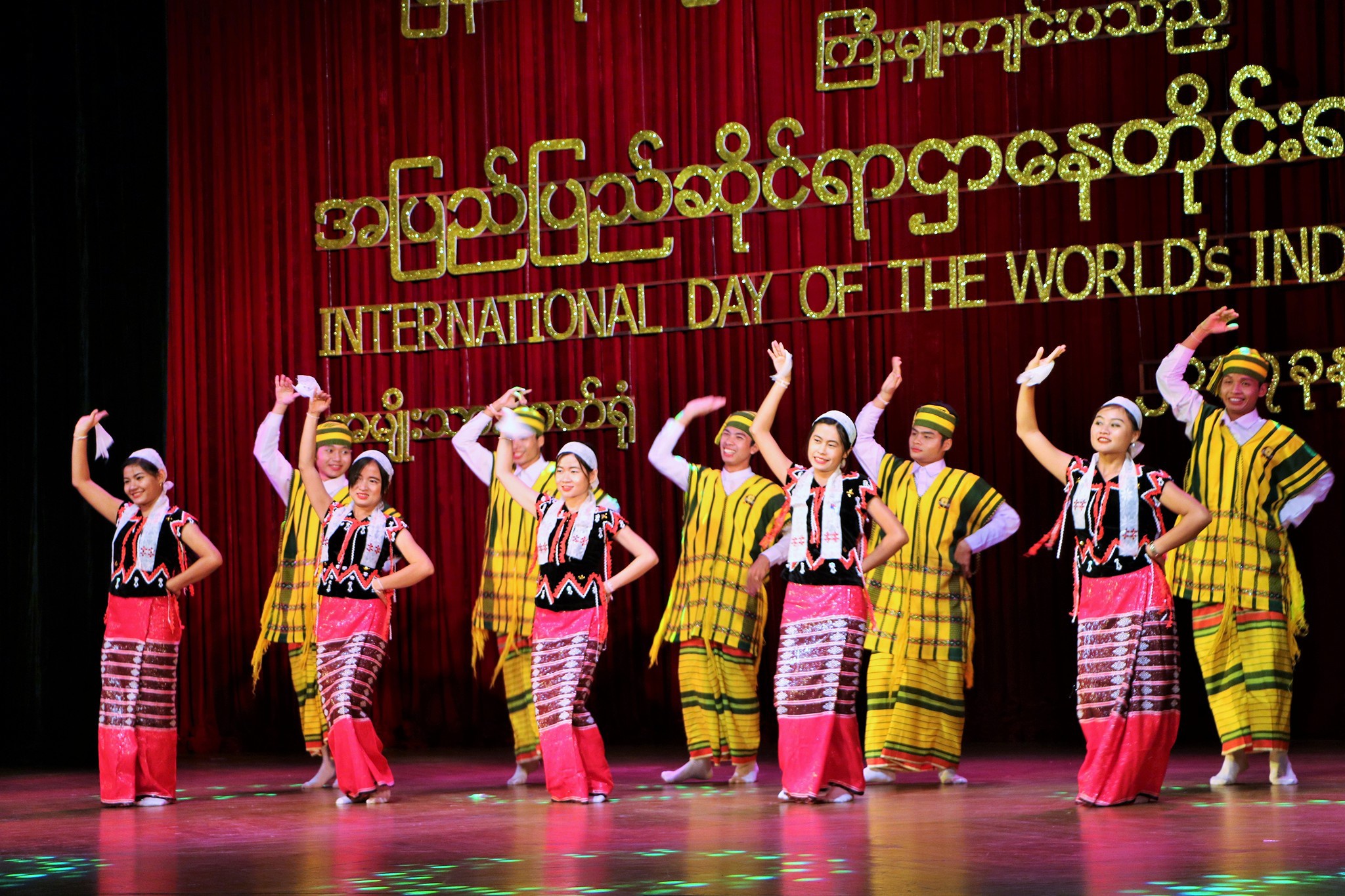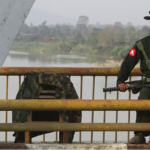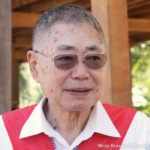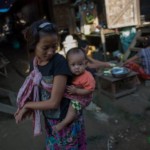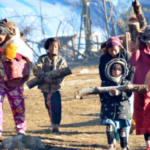By Naw Noreen / Democratic Voice of Burma (DVB) | August 10, 2017
Amid decades of civil conflict in Burma that has most-acutely impacted the country’s ethnic minorities, the rights of indigenous people are still being violated, said Naw Ei Ei Min, an executive member of the Myanmar Indigenous Peoples/Ethnic Nationalities Network.
“It is important that indigenous people in Myanmar are entitled to their rights,” Naw Ei Ei Min said at an event commemorating International Day of the World’s Indigenous People on Wednesday.
“This country has diverse cultures and ethnic nationalities. However, the civil wars have been raging in this country for decades,” Naw Ei Ei Min added.
“In a state of conflicts, indigenous people are not entitled to their rights and rights are often violated. For those people, land rights — historically — have been the most crucial ones because their livelihoods and culture mostly depend on the land. Land issues, again, are some of the most controversial in Myanmar and the entitlement of such rights is still in question.”
International Day of the World’s Indigenous People was celebrated at the National Theatre in Rangoon on Wednesday afternoon. The Myanmar Indigenous People/Ethnic Nationalities Network has organised events marking International Day of the World’s Indigenous People every year since 2014.
“Under the rule of different administrations, the indigenous people have been deprived of their rights. We hope that the indigenous people are prioritised and that their rights are promoted in the agenda of the country’s reforms,” Naw Ei Ei Min said. “Promoting the rights of the indigenous people will enable both the indigenous communities and decision-making bodies to build mutual trust and will be beneficial in transforming Myanmar into a federal state. We also hope that genuine peace prevails in the country.”
In a statement released on Wednesday, the Myanmar Indigenous People/Ethnic Nationalities Network asserted that Burma’s various indigenous inhabitants — over 100 different groups in total, it said — constituted 30-40 percent of the country’s population, occupying 57 percent of its landmass.
This article originally appeared on DVB on August 10, 2017.

